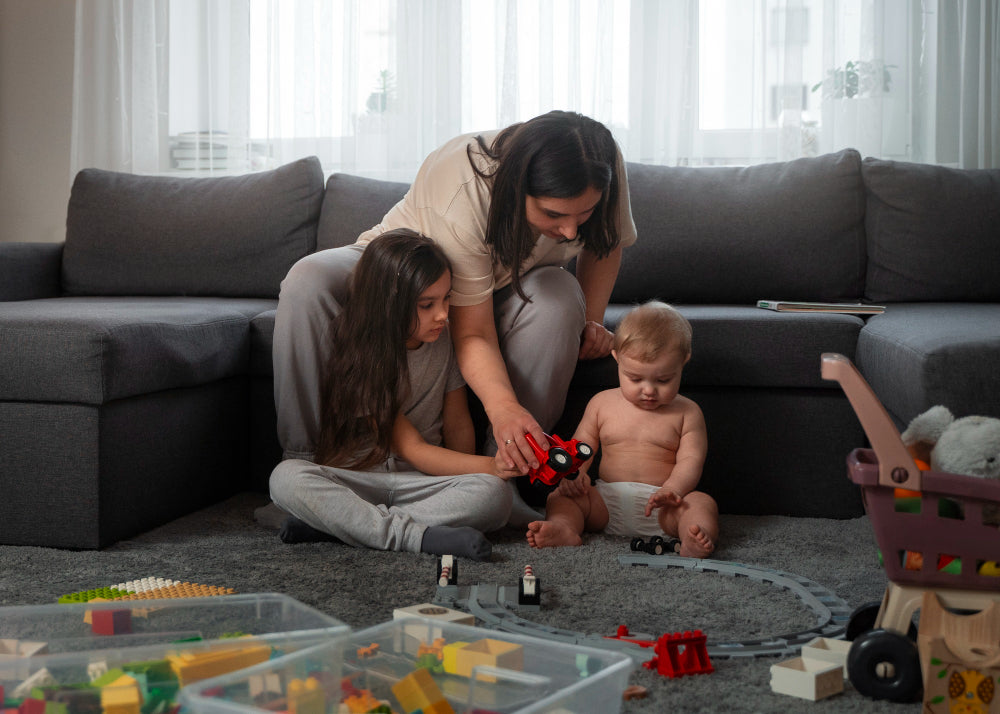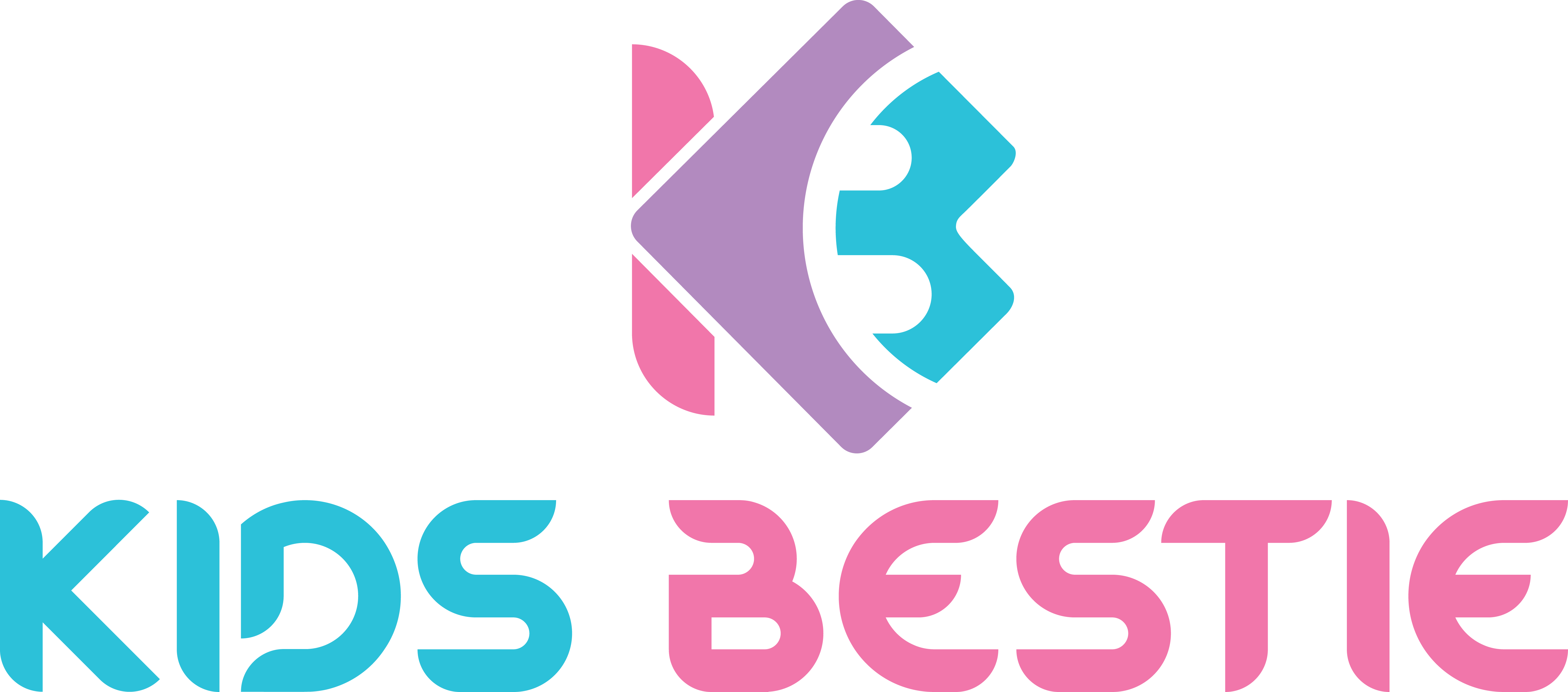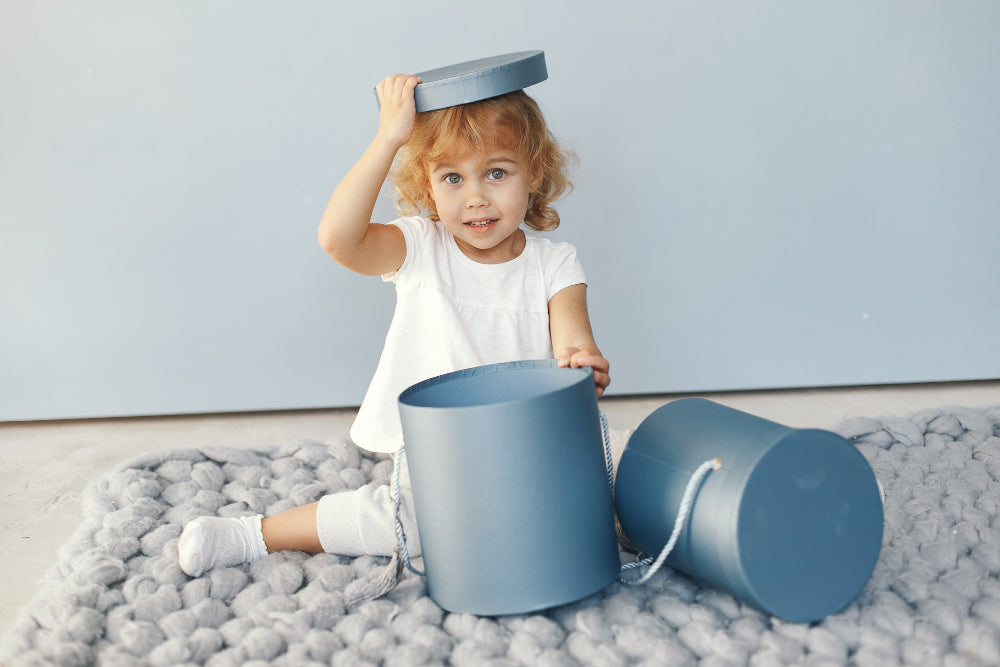
Mistakes Parents Make Choosing Infant Toys (0–6 months) + What Really Matters
Choose the infant toys wisely, avoid the common mistakes keep it simple, and trust your instincts. Your baby will thank you for it (probably with a gummy smile and some adorable coos).
When new parents bring their baby home, the toy shopping begins. Rattles that light up. Plush animals that play five different songs. A mobile with so many dangling parts it looks like a carnival ride.
Three weeks later? The baby is crying, overstimulated, and parents are exhausted trying to figure out what went wrong.
Sound familiar?
If you're shopping for toys for your 0–6 month old, you're probably drowning in options. Everywhere you look, there's another "must-have" toy promising to boost brain development or keep your baby entertained for hours. But here's what nobody tells you: most of those toys are doing more harm than good.
This guide walks through the biggest mistakes parents make and what actually matters during those precious first six months.
Mistake #1: Buying Toys That Do Everything
Those toys that light up, play music, vibrate, and somehow also claim to teach the alphabet look impressive on the shelf. But here's the truth—a baby's brain can't process all that chaos.
Between 0–6 months, babies are just learning to focus their eyes and track movement. When a toy throws ten different stimuli at them simultaneously, it's not enriching. It's overwhelming.
What babies actually need are simple, high-contrast toys. Black and white patterns. Soft textures they can explore with their tiny fingers. Things that let them be active participants, not passive viewers of a light show.
Think about it this way: learning a new language while someone's flashing strobe lights and playing three songs at once would be impossible. Babies feel the same way.
Mistake #2: Focusing on "Educational" Claims
Toys marketed as "scientifically proven to increase IQ" for newborns are everywhere. It's marketing nonsense that preys on parental fears—that we're not doing enough.
Here's what research actually shows: babies learn best through simple, repetitive interactions. A soft rattle they can grasp teaches hand-eye coordination. A mirror (even a baby-safe one) helps them start recognizing faces. A textured cloth book lets them explore with their mouth and hands.
Fancy electronics aren't necessary. Babies need toys that invite exploration, not ones that do all the work for them.
The best "educational" toy for a four-month-old? A parent's face. Their voice. Hands playing peek-a-boo. Everything else is supplementary.
Mistake #3: Ignoring Safety for Aesthetics
Those Instagram-perfect nurseries with matching toy sets are tempting. But when choosing toys for an infant who puts absolutely everything in their mouth, safety trumps style every single time.
Check for small parts that could detach. Make sure materials are non-toxic and BPA-free. Avoid anything with long strings (strangulation hazard) or hard edges (injury risk when they inevitably bonk themselves).
At Kids Bestie, the infant toy range is designed keeping Indian parents' concerns in mind—easy-to-clean materials that can handle the climate, non-toxic paints, and designs that grow with babies through those first crucial months.
Because a beautiful toy that's unsafe isn't beautiful at all.
Mistake #4: Buying Too Many Toys Too Soon
A two-month-old doesn't need variety. They need familiarity.
Rotating between three to five simple toys is far better than having thirty options scattered across the play mat. Babies learn through repetition. When they see the same rattle multiple times, they start understanding cause and effect: "When this shakes, it makes noise."
Too many toys? Babies never get that chance to learn. Plus, parents exhaust themselves constantly trying to "entertain" with something new.
Start minimal. Watch what captures their attention. Add slowly and intentionally.
Mistake #5: Skipping Tummy Time Toys
Tummy time is non-negotiable for a baby's physical development, but many parents don't realize the right toys make it work.
A flat play mat with nothing interesting? Babies will hate tummy time and cry until they're flipped over. But place a small mirror at eye level or a high-contrast book just within view? Suddenly they're motivated to lift that wobbly head and strengthen those neck muscles.
Look for tummy time toys that are flat, easy to position at eye level, and engaging enough to hold attention for a few minutes. That's all that's needed.
What Actually Matters: The Real Ranking
Forget the marketing hype. Here's what genuinely helps 0–6 month olds develop:
Contrast and simplicity. Black, white, and red toys are easiest for young eyes to see and track.
Textures worth touching. Soft, crinkly, smooth, bumpy—babies learn about their world through touch.
Safe exploration. Toys they can mouth, grasp, and shake without any risk. This is how they understand their environment.
Parent interaction. The best toy is worthless if it's just handed over without engagement. Playing together, narrating what the baby is doing, and making eye contact matter most.
The most expensive toy on the market isn't necessary. What's needed are the right ones—safe, simple, and suited to where a baby is developmentally right now.
The Bottom Line
Shopping for infant toys shouldn't feel like cramming for an exam. Babies don't need perfection. They need presence, safety, and a few well-chosen toys that let them explore at their own pace.
Before clicking "buy now" on that next elaborate toy set, ask: Is this for the baby's development, or is this easing anxiety about being a good parent?
Here's the secret none of the toy companies want parents to know—they're already enough. The toys are just tools. Parents are the real magic.
Choose wisely, keep it simple, and trust your instincts. Your baby will thank you for it (probably with a gummy smile and some adorable coos).



